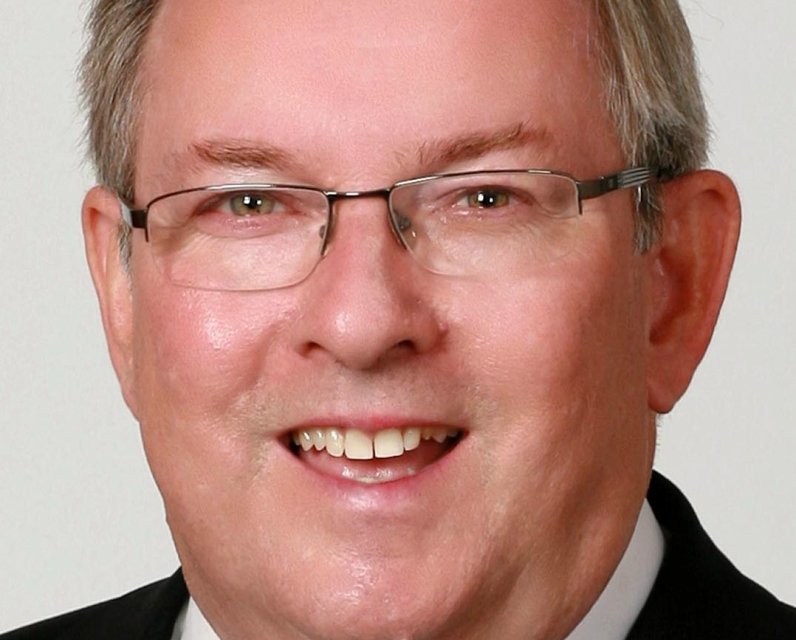Unpublished Opinions
I have trained as a geologist and worked for the federal nuclear regulatory agency, formerly named the Atomic Energy Control Board
LIMITATIONS OF LANDFILL REGULATIONS EXPLAINED TO THE ONTARIO MINISTER OF THE ENVIRONMENT

The very questionable approvals granted by the Ministry of the Environment to landfill proponents.
LIMITATIONS OF LANDFILL REGULATIONS EXPLAINED TO THE ONTARIO MINISTER OF THE ENVIRONMENT
In this age of heightened environmental concern the Ministry of the Environment (MOE) does not regulate landfills effectively, despite assertions on its website:
“Ontario's Ministry of the Environment (MOE) has been protecting Ontario's environment for over 40 years. Using stringent regulations, targeted enforcement and a variety of innovative programs and initiatives, the ministry continues to address environmental issues that have local, regional and/or global effects…The Ministry of the Environment is responsible for protecting clean and safe air, land and water to ensure healthy communities, ecological protection and sustainable development for present and future generations of Ontarians.”
For landfills the claims are grossly misleading, particularly in the context of protecting water. At least the regulatory pronouncements in Ontario Regulation 232/98 and Landfill Standards call for site-specific hydro-geological studies, but they do not specify the importance of other geological parameters that control groundwater flow on the site or in the region.
Naively believing that an on-site buffer area will offer ample protection from contaminants in the way that a blanket provides comfort from the cold, the regulations call for a buffer area. It is defined in Landfill Standards as “the green belt or zone located … between the waste fill area and the site boundaries. The buffer area allows for contaminant attenuation...” Though a minimum width of 100 meters is expressed, 30 meters would be allowed “if shown to be appropriate based on a site specific assessment.”
Section 6 of Regulation 232/98 stipulates that “… a written report on the geologic and hydro-geologic conditions of the site and ground water protection for the site …must contain “an up to date plan and description of the site and the area within 500 metres of the site...” Wow, that should “surely comfort” anyone living near a proposed landfill.
Section 8 of the regulation notes more specifically that “The report must contain plans, specifications and descriptions of the geologic and hydro-geologic conditions of the site and the area in which the site is located”. That may sound excessively demanding, but to satisfy the requirement about geologic and hydro-geologic conditions, as written, all that is needed is a general description of any rock(s) and unconsolidated sediment(s). Unmistakably a general description of the regional geologic and hydro-geologic conditions is all that is called for in Table 2 of the Landfill Standards, which is in the section on approval guidelines. Guidelines are not requirements.
Groundwater does not know when it has reached the fence line, but it just keeps flowing. Groundwater flow and associated geological processes must be understood as completely as possible to provide truthful information about whether landfills will or will not pollute drinking water in the immediate vicinity and several kilometers away. To satisfy that requirement it is essential to collect, document and analyze the data in the region, as well as at the site.
In the overall context of environmental and people protection the regulatory pronouncements are inadequate. You must compel landfill proponents to conduct thorough, dedicated geological investigations of the region, well beyond the limit of a landfill, as has been explained to you and your staff repeatedly. Unwarranted assertions by MOE do not do that.
Currently the provision of short- and long-term security for the people and the environment reliance is placed solely on good engineering practice, design and construction. As with any constructed medium, such as roads, repairs will be needed. For a landfill there is the added burden of attempting to recover contaminated water that will breach containment if the geomembranes fail, as expected.
That renders no comfort to the people living in the vicinity. Should there be leakage, as is fully expected, the last line of defense for the people and the environment is the geology. Eventually the landfill will be abandoned. When problems arise, which they will, protection of people and the environment will be non-existent.
Besides deluding Ontarians MOE’s statements play nicely into the hands of landfill developers who use those MOE statements to convince the public that the proposed landfills will be safe.
In a video on the Taggart-Miller website, which I have posted below (www.crrrc.ca/index.htm), designed to defend a proposed landfill in the Ottawa area Nigel Guilford of Miller Waste Systems proclaims that the requirements of the MOE are among the most stringent in North America. He uses MOE’s words against the public interest.
You, the Minister, are not doing all that you must to protect people and the environment.



Comments
Be the first to comment